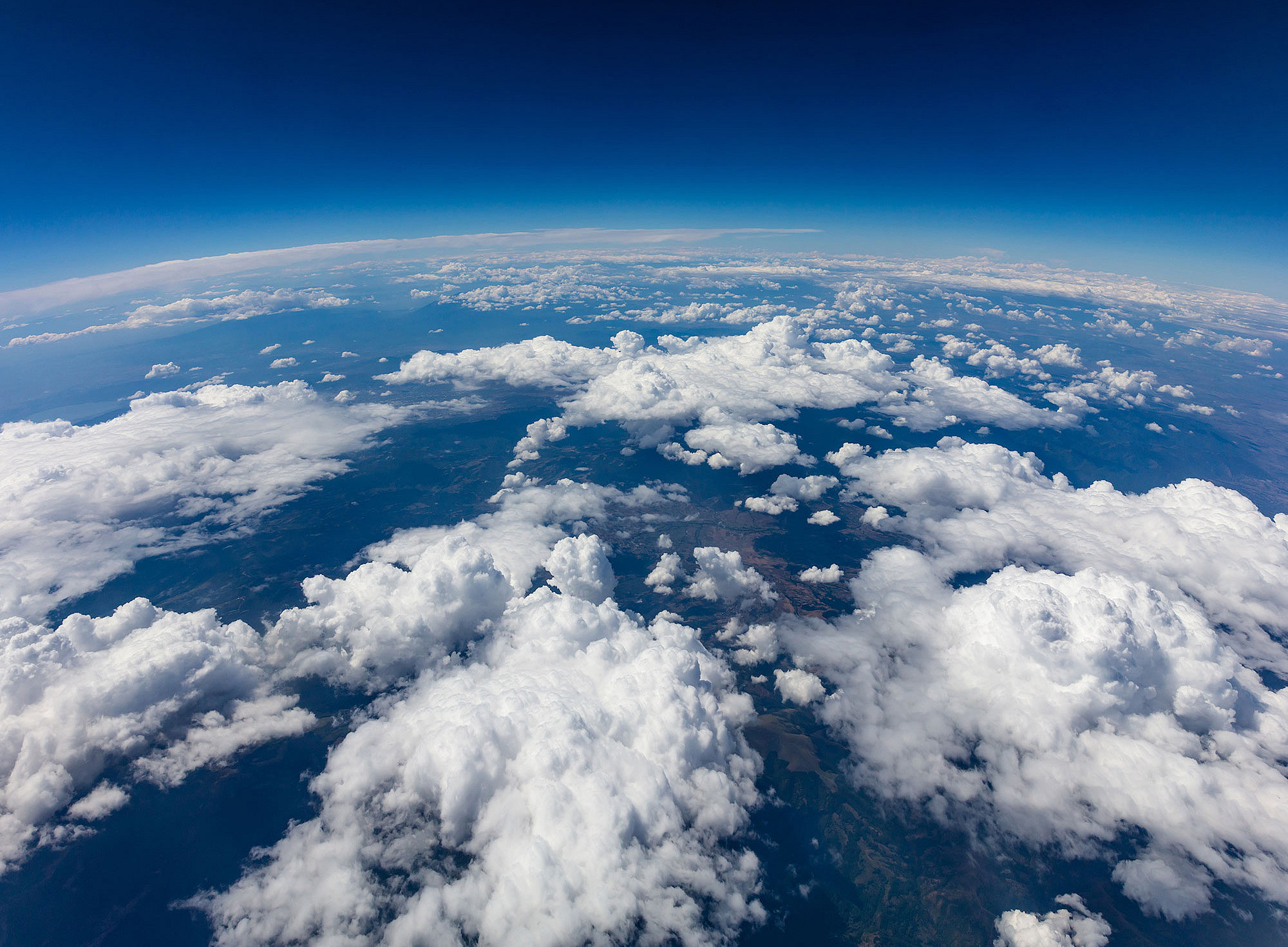The tropopause is a good indicator of climate change. It forms the boundary between the troposphere – the weather layer – and the stratosphere above it. It lies at an altitude of eight to 17 kilometres above the Earth's surface, with the distance being greatest over the tropics and least over the poles. With temperatures between -40 and -80 degrees Celsius, the tropopause is one of the coldest places in the atmosphere. When the weather layer warms up, for example due to rising CO2 emissions, it expands. This causes the boundary to the stratosphere to move upwards.
A new study shows: “Over the past 23 years, the tropopause has risen worldwide by between 100 and almost 500 metres, depending on the region. The shift was most pronounced in the mid-latitudes of the northern hemisphere, particularly over Asia in autumn and winter. The development over the last years is particularly striking, with the weather layer above the tropics warming unusually strongly,” reports Florian Ladstädter, lead author of the publication. The geophysicist is part of the Global Climate Analysis research group led by Andrea Steiner at the Wegener Center at the University of Graz. Using satellite data from radio occultation measurements, the scientists have documented global changes in the tropopause over more than two decades. “Our study provides, for the first time, a reliable, seasonally and spatially high-resolution picture that reveals both regional details and differences over the course of the year,” says Andrea Steiner, emphasising the significance of the publication.
According to the researchers, it can be assumed that the observed trend indicates changes in both the jet streams in the troposphere and global circulation in the stratosphere – with consequences for global meteorological phenomena as well as for weather patterns at the regional level.
Publication
Ladstädter, F., Stocker, M., Scher, S., and Steiner, A. K.: Observed changes in the temperature and height of the globally resolved lapserate tropopause, Atmos. Chem. Phys., 25, 16053–16062, https://doi.org/10.5194/acp-25-16053-2025
